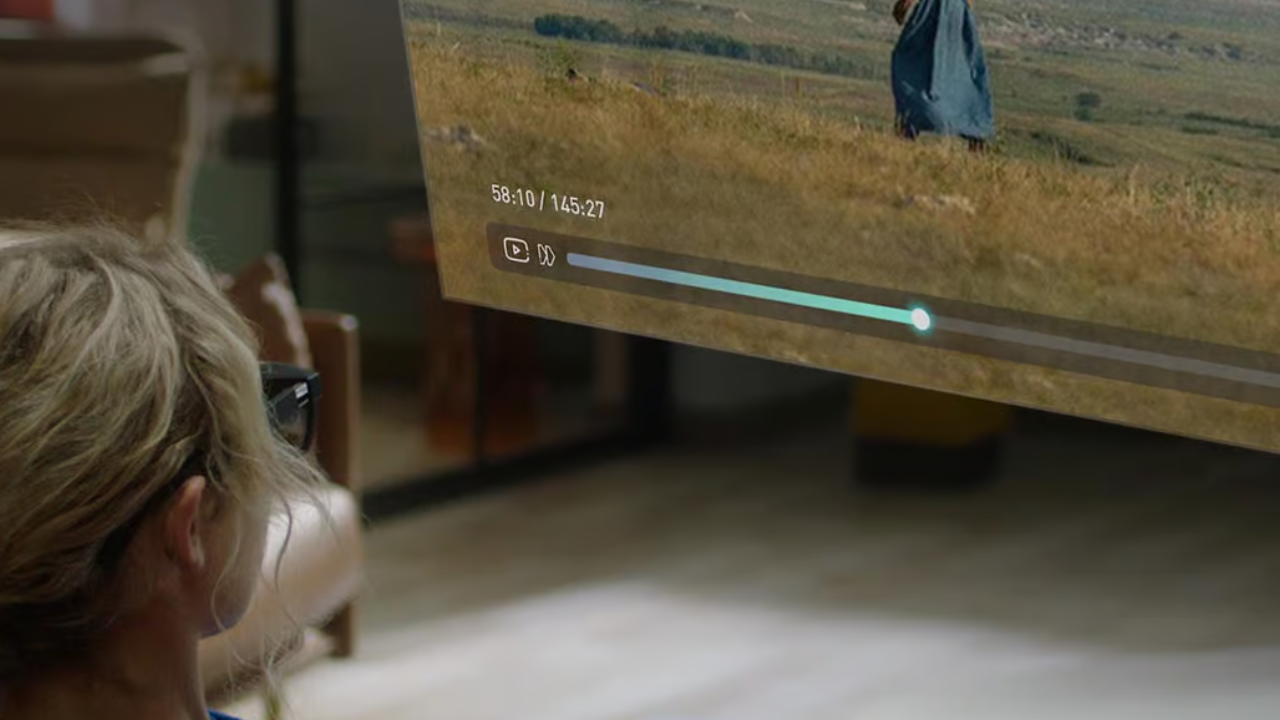Smart glasses represent a revolutionary leap in wearable technology, seamlessly integrating the digital world with our physical surroundings. These innovative devices, resembling traditional eyewear, are equipped with advanced features that go beyond conventional vision correction.
Smart glasses, a form of wearable technology, have emerged as a potential game-changer in the tech industry, offering users a seamless blend of the physical and digital worlds. While the product of xreal Air 2 glasses is unique here we are going to explore the broader context of smart glasses and their potential roles in our daily lives.
Key Roles of AR Glasses
Here are some potential roles of smart glasses in people's lives, considering advancements in augmented reality (AR) and wearable technology.
Augmented Reality Experiences
One of the primary roles of smart glasses is to provide augmented reality (AR) experiences, allowing users to overlay digital information onto their real-world surroundings. Imagine walking down the street and receiving real-time navigation cues directly in your field of view, or exploring a museum while additional historical information appears before your eyes.
Hands-Free Communication
Smart glasses aim to redefine the way we communicate by offering hands-free options. With built-in microphones and speakers, users can make calls, send messages, and access virtual assistants without the need for a separate device. This functionality can be particularly valuable in situations where using a smartphone is impractical or inconvenient, providing a more seamless and natural communication experience.
Health and Fitness Monitoring
Incorporating sensors such as accelerometers, gyroscopes, and heart rate monitors, smart glasses can serve as health and fitness companions. Users can track their physical activity, monitor vital signs, and receive real-time feedback on their well-being. This health-focused aspect adds a new dimension to wearable technology, contributing to a more holistic approach to personal health management.
Navigation and Location-Based Services
Navigating unfamiliar places becomes more intuitive with the assistance of AR overlays in smart glasses. Users can receive turn-by-turn directions, discover points of interest, and access location-based services without having to consult a separate device. This feature not only enhances convenience but also contributes to a safer and more efficient way of getting around.
Productivity and Work Applications
Smart glasses (Air 2) are increasingly being integrated into professional settings, providing hands-free access to work-related information. Imagine having instant access to documents, emails, and collaborative tools directly within your line of sight. This can streamline workflows, increase productivity, and offer a novel approach to how we approach work in various industries.
Entertainment
Air2 Smart glasses bring a new dimension to entertainment by offering immersive and interactive experiences. Whether it's playing augmented reality games that interact with the real world or enjoying virtual simulations, users can escape into a world where digital and physical boundaries blur. The potential for creating engaging and captivating content is vast, opening up new possibilities for the entertainment industry.
Fashion and Style
Beyond functionality, smart glasses are evolving to become fashion statements. Manufacturers are recognizing the importance of design, allowing users to express their style through customizable frames and sleek designs. The integration of technology into fashion accessories reflects a shift towards seamlessly blending the aesthetic and functional aspects of wearable devices.
Challenges and Considerations
While the potential benefits of smart glasses are exciting, several challenges and considerations need to be addressed. Privacy concerns, social acceptance, battery life, and the development of compelling applications are among the factors influencing the widespread adoption of this technology. Striking the right balance between innovations and addressing these challenges will be crucial for the long-term success of smart glasses.
Conclusion
The functionality of smart glasses extends far beyond mere aesthetics, offering hands-free communication, navigation assistance, and the ability to access contextual information instantly. Whether enhancing productivity in professional settings, delivering immersive entertainment experiences, or contributing to health and fitness monitoring, smart glasses are designed to redefine the way we perceive and interact with the world.


